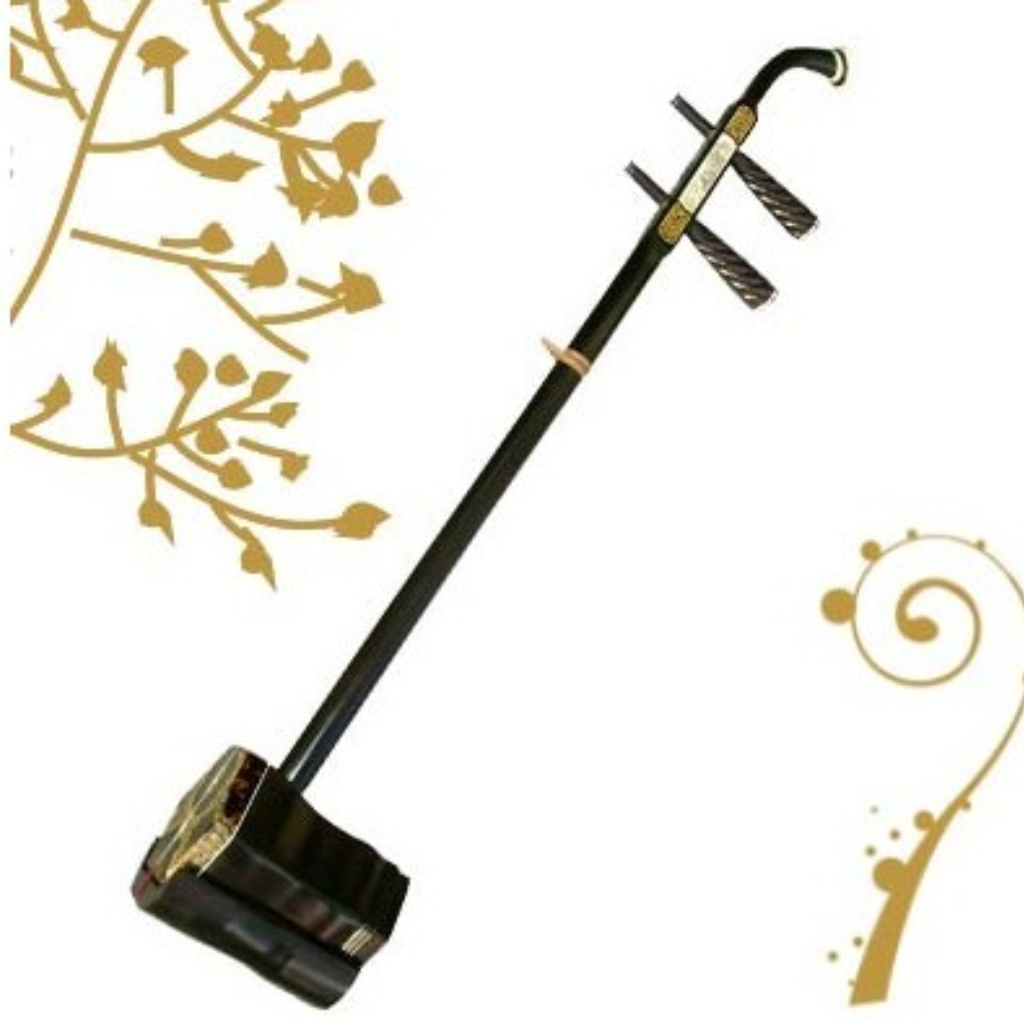Let the world listen to the "Hometown of Erhu" in Plum Village, a new movement for rural revitalization
Erhu is a traditional Chinese national musical instrument with a long history. In Meicun Street, Xinwu District, Wuxi City, the traditional erhu craftsman's craftsmanship has been organically integrated with the development of cultural tourism, which has achieved Mei Village's reputation as "the hometown of Chinese erhu". Through the joint efforts of plum village erhu masters, the erhu has been sent to the world from here, realizing the wish of "one song erhu, let the world listen to plum village". Erhu not only brings the sweet sound of silk and bamboo, but also walks out of the road to wealth.

Wan Qixing, a master of erhu making in Mei Village, began to learn to make erhu in 1953, and returned to Mei Village in 1965 to participate in the establishment of Mei Village Musical Instrument Factory, which started the history of erhu production in Mei Village. In 1992, along with the social and economic development and the improvement of people's living standards, the people's demand for music culture increased day by day. Wan Qixing set up Gu Yueqin Workshop for the second time. He learned from others' strengths and made the piano steadily, and finally made the "Wan's Qin" which is well-known at home and abroad. In the nearly 70 years of his violin making career, Wan Qixing has always devoted himself to the study of erhu making techniques. The outside world commented that the "Wan's qin" has a plump and sweet tone, smooth upper and lower handles, and has the graceful and sweet style of Jiangnan water towns. It is precisely because of this characteristic that the erhu produced by Guyue Qinfang has always been widely recognized by many performers, and it has also polished the Meicun erhu craft brand.
Guyue Qinfang has developed from a self-employed to a musical instrument enterprise with thousands of square meters of its own workshop and mainly producing middle and high-end erhu. The scale of the enterprise is constantly expanding, and its piano-making skills are constantly improving. Its products are not only well-known in China, but also in Singapore, Japan and other countries. It is also very popular in the musical instrument market. At the 3rd National Erhu Production Exchange and Exhibition Conference of "China's Good Erhu", Gu Yueqin Square Erhu maker Sun Jiyun won the gold medal, which fully demonstrated the good inheritance of Wuxi Mei Village Erhu production skills and the innovation of talent training. Gu Yue Qin Fang’s exquisite erhu production skills have attracted many enthusiasts who come to learn the art. After they have completed their studies, they have opened more than a dozen erhu factories in Mei Village. Gu Yue Qin Fang has thus become a typical representative of Mei Village’s innovative development and entrepreneurship.
In 2022, the new generation of erhu masters Bu Guangjun, Qiang Xiaomin and Huang Jianhong will be awarded the title of the fifth batch of representative heirs of Wuxi's intangible cultural heritage. Erhu professionals continue to emerge, and they have played an active role in the inheritance of skills, cultural promotion, product innovation, and fulfillment of social responsibilities. With the support of the Meicun Sub-district Party Working Committee and Office, they created the golden signboard of "Meicun Erhu". Bu Guangjun, as the president of the Meicun New Association and also the president of the Meicun Erhu Industry Association, organized member companies to participate in the international musical instrument exhibitions held in Beijing and Shanghai, and cooperated with Meicun Erhu to appear at the "Nostalgia Store" at Pudong International Airport, and participated in the ninth , the 10th China Music Golden Bell Award National Erhu Competition winners Huimin performances and the "China Erhu Hometown" New Year's Concert and other important events and activities...Meicun Street will be based on local conditions, and the workshop-style erhu enterprises scattered in various corners will gather in The Erhu Industrial Park in Mei Village has stepped out of a new path of industrial agglomeration and upgrading, and played a new chapter in rural revitalization.
 渝公网安备 50010702504639号
渝公网安备 50010702504639号